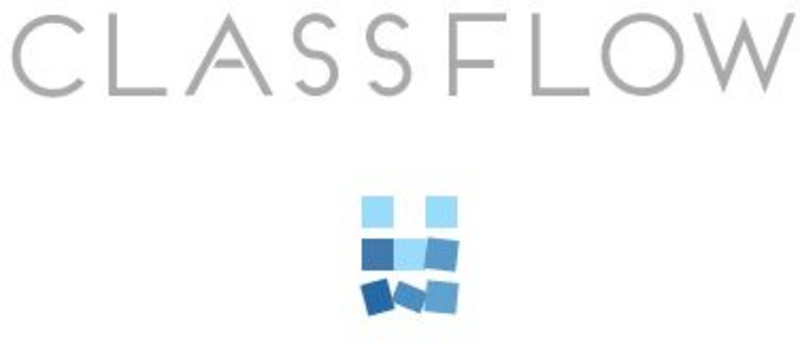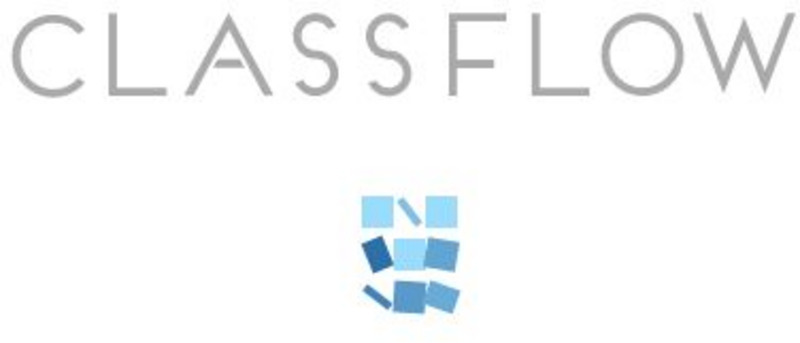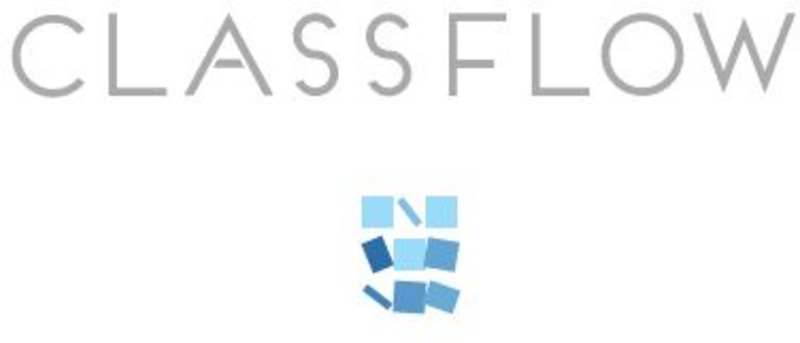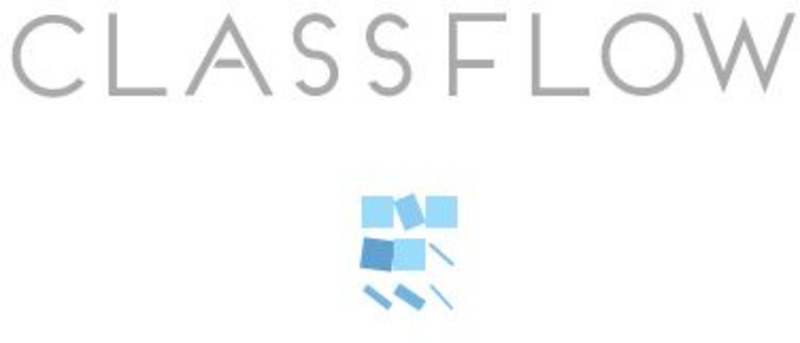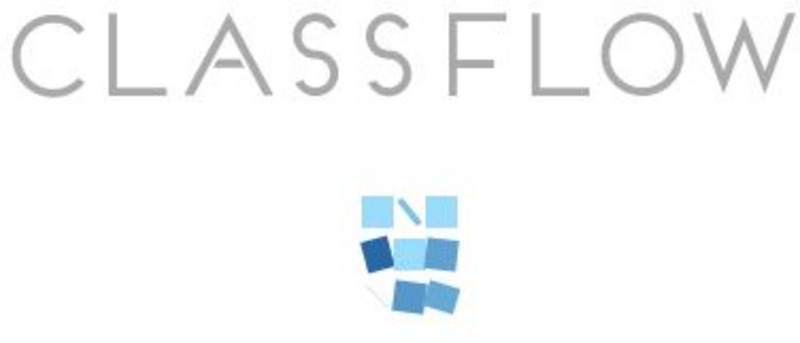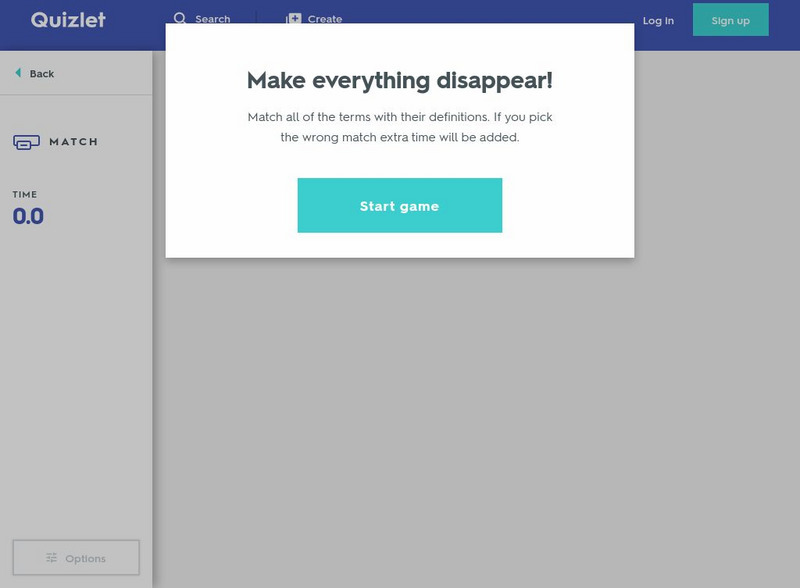SMART Technologies
Smart: Developing Characters and Settings
In this activity provided by SMART, students will give reasons why they feel characters are important in a story. Students will explore how to create effective characters and settings in their own writing by using a character web.
ClassFlow
Class Flow: The Green Dog Sequencing Story Events
[Free Registration/Login Required] This one page flipchart is to be used specifically with the novel The Green Dog by Suzanne Fisher Staples. The teacher and/or learner will put the story events in the correct order.
ClassFlow
Class Flow: The Writing Process
[Free Registration/Login Required] This flipchart presents a lesson on the writing process. Students are taken through the process step-by-step as they compose a short story.
ClassFlow
Class Flow: Writing Showing Feelings
[Free Registration/Login Required] This elementary flipchart shows how writers express feelings. Instead of telling the reader, they show the reader through descriptive writing.
ClassFlow
Class Flow: Writing With Pizazz
[Free Registration/Login Required] This flipchart helps the students with the first step in the Six Traits Writing Process-- gathering ideas. Students are encouraged to analyze writing samples and brainstorm possible personal writing...
ClassFlow
Class Flow: Graphic Organizer Map Cause and Effect
[Free Registration/Login Required] This graphic organizer flipchart uses the fishbone technique to map cause and effect. It is useful for helping students understand and analyze reading passages, historical events, and scientific...
ClassFlow
Class Flow: Graphic Organizer Sequence
[Free Registration/Login Required] This graphic organizer provides a framework for students to analyze the sequence of events in a story or historical event.
ClassFlow
Class Flow: Graphic Organizer Story Events
[Free Registration/Login Required] This graphic organizer provides a framework for students to analyze the main events of a story or historical event. A template for students to follow is given.
ClassFlow
Class Flow: Is It Narrative or Is It Expository?
[Free Registration/Login Required] This flipchart gives students the opportunity to practice with the differences between narrative and expository prompts.
ClassFlow
Class Flow: Leads Part Ii
[Free Registration/Login Required] Students will recognize different types of leads and will choose which leads best fit different pieces of writing. This is a part of the process of organizing and revising a piece of writing.
ClassFlow
Class Flow: Literary Elements
[Free Registration/Login Required] This flipchart allows students to be actively engaged in identifying and describing story elements. It uses the Learning Focus lesson plan format, such as an activator, graphic organizers, modeling,...
Quizlet
Quizlet: Plot Terms: 7th Grade Level Match
Race against the clock to match each story element with its definition. Terms include: plot, introduction, conflict, rising action, climax, falling action, conclusion/resolution, sub-plot, parallel episode, flashback, and foreshadowing.
Quizlet
Quizlet: Plot Terms: 7th Grade Level Flashcards
Eleven flashcards on the elements of a story including: plot, introduction, conflict, rising action, climax, falling action, conclusion/resolution, sub-plot, parallel episode, flashback, and foreshadowing.
Quizlet
Quizlet: 5th Grade Text Structures: Match
In this interactive game, students match the terms for the types of text structure to the correct descriptions.
Other
Kim's Korner: Patterns of Organization
Here is a run-down of several basic patterns of organization to use when writing. An example is given for each pattern, as well as an explanation.





